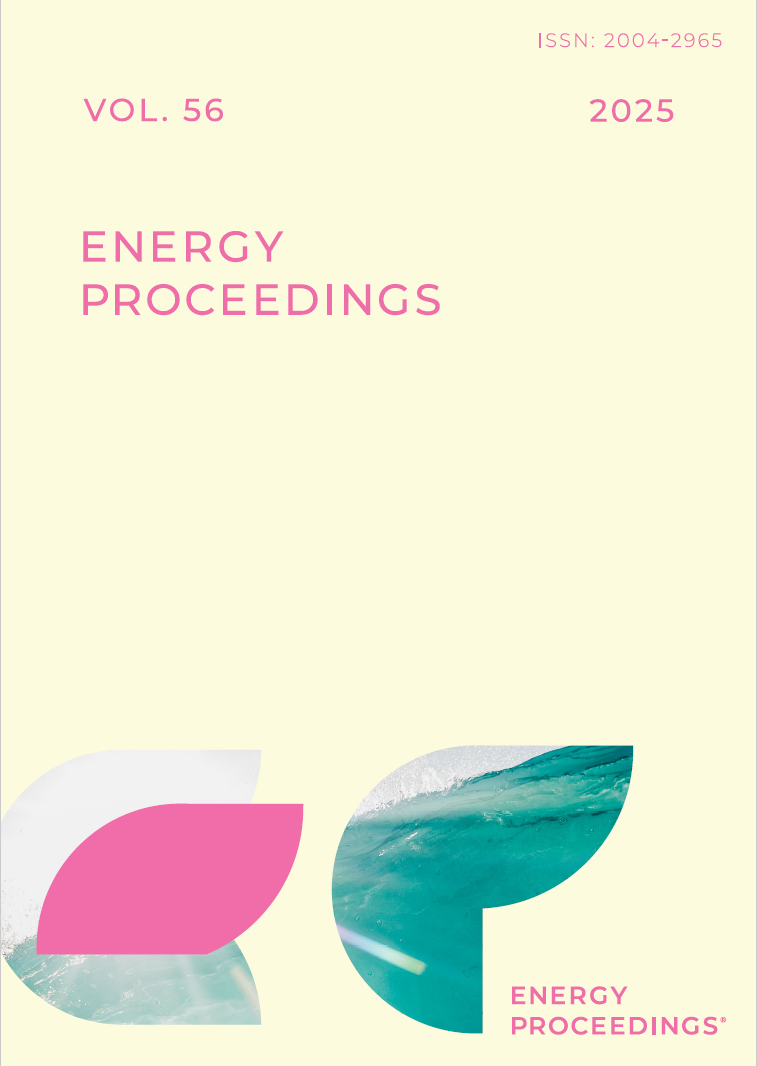
Volume 56
ISSN 2004-2965
Measurement and Modeling of CO2 Solubility Under Offshore CCUS Conditions
Shuai ZHANG, Yi ZHANG, Yu LIU, Yongchen SONG
Download PDF
Article Preview
Development and prospect of CCUS-EOR surface gathering and transportation engineering technology in North China Oilfield
Shi Lixin, Cui Yanli, Liu Yufang, Si Xiaofeng, Li Bingyu, Li Feifei
Download PDF
Article Preview
Intelligent Optimization Method for CCUS Injection Parameters Based on Improved NSGA-II Algorithm
Honghong Li, Yanan Zhang, Bing Chen, Songyan Sang, Hongzhi Han, Miao Liu
Download PDF
Article Preview
Numerical Study of Sensitivity Analysis on CO2 Mineralization Sequestration in Basalt Reservoirs
Geqi Zhai, Shuyang Liu, Qizhi Tan, Junrong Liu, Hangyu Li, Wenyue Sun
Download PDF
Article Preview
The Application of Comprehensive Well Logging Technology in Evaluating the Effect of CO2 Injection
Zhang Mingyang, Sun Honghua, Zhang Shasha, Liu Jianxin, Zhang Wenping, Zhou Zongsheng
Download PDF
Article Preview
Numerical Simulation and Parameter Sensitivity Analysis of CO2 Flooding in Shale Gas Reservoir
Yong Tang, Yulin Chen, Youwei He, Jiazheng Qin
Download PDF
Article Preview
Study on the Regulation of Nanostructure on Wettability of CO2 Droplets on Substrate Molecular Dynamics Simulation
Hengguang Cao, Xuewen Cao, Jiang Bian
Download PDF
Article Preview
Study on Phase Changes and Migration Characteristics of CO2 during Leakage in Deep Saline Aquifers for Carbon Sequestration
Li Wang, Shuyang Liu, Hangyu Li, Zhiqiang Wang, Qizhi Tan, Junrong Liu, Genglin Liu
Download PDF
Article Preview
CO2 Storage Duration Effects on Mechanical Properties of Different Lithological Caprocks
Ning Li, Wei Cheng, Xiaowen Zhang, Junfeng Shi, Jiandong Liu, Juan Jin, Zhang Zhuo, Jizhou Tang
Download PDF
Article Preview
Temperature-Pressure and Phase Change of Impure Carbon Dioxide in Wellbore
Ling Liu, Longxiang Lu, Yongqiang Ren, Chao Zhang, Fang Yu
Download PDF
Article Preview

Copyright ©
Energy Proceedings

